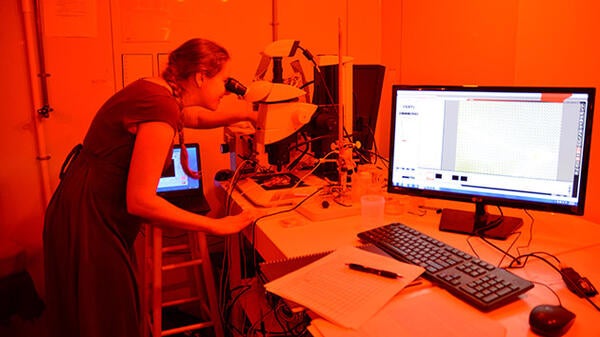For her research at BIOS, Amy Maas studies one of the ocean’s smallest organisms—a delicate, shelled animal the size of a peppercorn, called a pteropod—which helps her understand current changes in ocean acidity. This month she began a collaborative research project focused on even smaller creatures—microscopic foraminifera, more commonly called forams—that help scientists understand how Earth’s climate has changed throughout history.
Grant Catalyzes New Study of Ocean Microbes at BIOS
January 01, 2016

St. George’s, Bermuda –– An anonymous donor has awarded BIOS $6 million to support collaborative research on the distinctive microbial communities of the Sargasso Sea over the next five years. The research will leverage ocean measurements and ongoing research at the Bermuda Atlantic Time-series Study (BATS) site, bringing new collaborations and technologies to study the ocean’s smallest life forms.
BIOS Scientist Awarded NSF Funding for Zooplankton Research
August 31, 2020

Earlier this year, Leocadio Blanco-Bercial, a zooplankton ecologist at BIOS, was awarded funding from the National Science Foundation (NSF) for a three-year investigation to determine how environmental variables, such as temperature and oxygen, influence the structure of zooplankton communities found within the ocean’s twilight zone (depths between 650 to 3000 feet, or 200 to 1000 meters), also known as the “midwater.”
Don’t Let Their Size Fool You
November 25, 2019
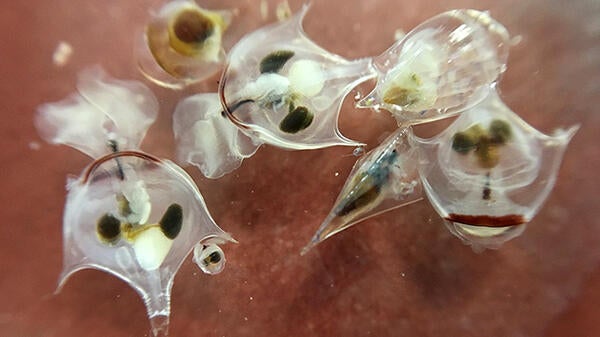
For nearly a hundred years, scientists have known that plankton—the microscopic organisms that drift and float in the ocean, also known as marine microbes—form the basis of the ocean’s food web. Phytoplankton (literally “plant wanderers”) are photosynthetic, like their terrestrial counterparts, and convert sunlight into energy. Phytoplankton, in turn, are consumed by zooplankton (literally “animal wanderers”), as well as a host of larger marine organisms, including juvenile fish, shellfish, birds, and even whales. However, scientists are now learning that plankton play an even larger role in earth’s complex biogeochemical systems.
High School Student Achieves Scientific Success at BIOS
March 27, 2018
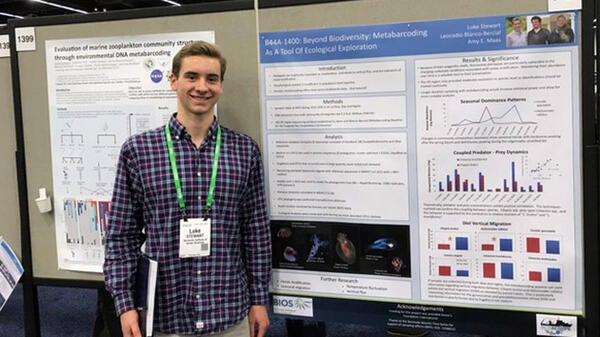
It’s not every day that you meet a high school student who already has three summers of scientific research, as well as a poster presentation at a professional scientific conference, under his belt. But Luke Stewart isn’t your average student.
An Early Introduction to Science
February 27, 2020
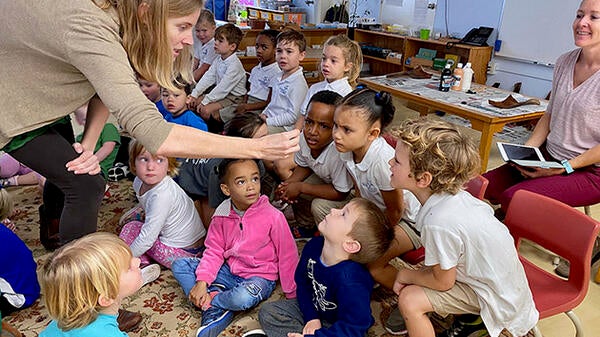
Primary students at Saltus Upper Primary School and Somersfield Academy gained an early introduction to ocean science in January through in-school presentations from two BIOS scientists. The presentations, part of BIOS’s Curriculum Enrichment Program, supported local teachers who wanted to enhance science, technology, engineering, and mathematics (STEM) content in their classrooms through immersive experiences with their students.
Celebrating 40 Years of the Oceanic Flux Program
April 27, 2018
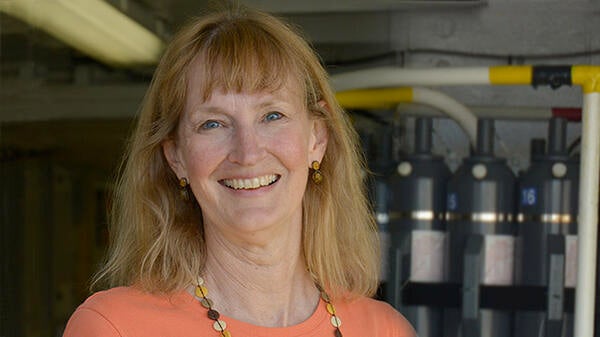
In April, the Oceanic Flux Program (OFP), the longest running deep ocean time-series of its kind, marked its 40th year of operation. Since 1978, the OFP’s three sediment traps have continuously sampled sinking particulate debris, called particle flux, at depths of 1,640; 4,900; and 10,500 feet (500; 1,500; and 3,200 meters) at a location about 45 miles (75 kilometers) southeast of Bermuda.
For Women in Oceanography, Progress is Made—and Challenges Remain
April 28, 2015
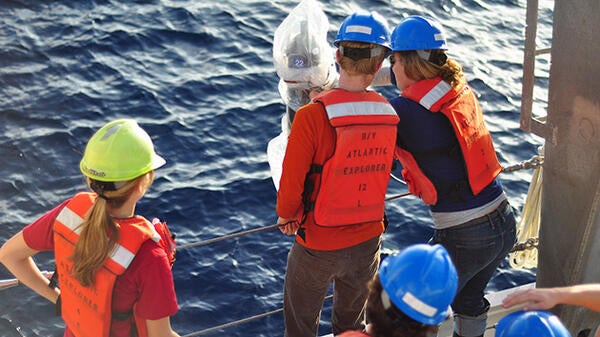
Oceanographer Kristen Buck has been spared the gender discrimination faced by her female predecessors, who until the 1960s were often restricted from science labs, kept from leadership positions, or prohibited from sailing on research vessels.
A Marriage of Science and Art
June 28, 2018
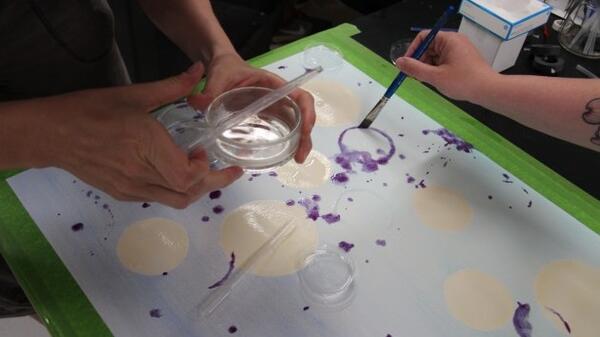
As scientists work to answer progressively complex questions about the earth and its changing climate, they are becoming more aware of the importance of communicating their findings to the public. To improve the likelihood that their messages are heard, understood, and made accessible, they are increasingly turning to art.
A Big Project for Small Organisms—and the Atmosphere
October 26, 2018
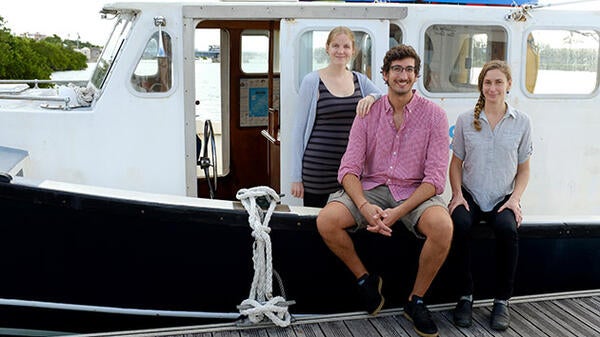
A multidisciplinary team of scientists, including a group from BIOS, spent six weeks this summer focused on the Pacific Ocean to study the lives and deaths of plankton, organisms that play a critical role in removing carbon dioxide from the atmosphere and in the ocean’s carbon cycle.
